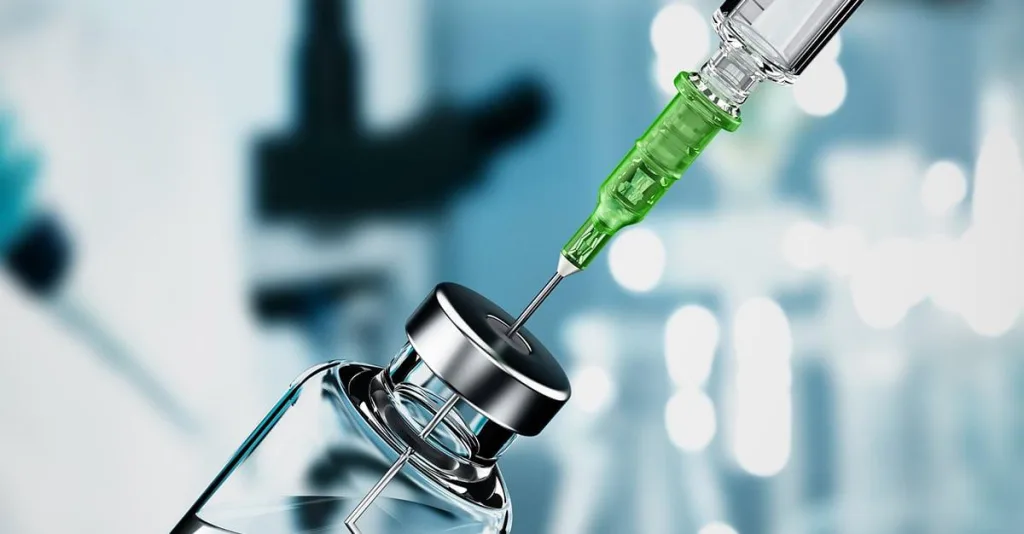Patients in the ICU might have another alternative for pain control and sedation, in the form of a drug approved as an anesthetic nearly 50 years ago.
Ketamine is being used more regularly as an option over opioids to control pain and sedate patients, according to a news release from the American Association of Critical-Care Nurses that highlights a recent study on administration of the drug in the ICU. Off-label use of ketamine in clinical settings has seen significant increases because of concerns regarding dependence and respiratory depression linked to traditional sedatives, including opioids and benzodiazepines.
Examining the options
The study, dubbed Ketamine Use in the Intensive Care Unit, examines properties that could make the drug a possible option for sedation for a variety of procedures, including:
- Quick onset of action and short duration of action may be especially useful for short, painful procedures.
- Trance-like sedation may aid patients in not remembering painful or difficult procedures.
- Additional pain control may allow for reduced opioid requirements.
- Effects on breathing may help avoid the need for invasive respiratory support.
Among the side effects 20% of patients might experience from ketamine are severe agitation while recovering from sedation, including disorientation, strange dreams and hallucinations, according to the news release. Despite ketamine's benefits relative to other sedatives, this emergence phenomenon during recovery from sedation is a significant reason its use is not more widespread, the news release stated. "The entire critical care team must be familiar with the various off-label applications and dosing strategies of ketamine," co-author Sarah Nelson, PharmD, BCPS, BCCCP, clinical pharmacist and critical care specialist in the department of pharmacy at Mayo Clinic, Rochester, Minnesota, said in the news release.
"With ketamine use becoming more common, nurses and other caregivers need to understand its unique characteristics and how it might affect patients," Nelson said.
The study mentions ketamine's recreational use, and how increasing reports of abuse of the drug in the 1990s led the FDA to reclassify it as a schedule III controlled substance. "Despite concerns of drug diversion or abuse, the number of clinical and experimental uses of ketamine in a variety of patient populations has grown significantly over the last decade," the study's authors wrote. "This growth is due in part to ketamine's unique pharmacologic profile."
As a treatment for depression
Although support for ketamine, known in party circles as "Special K" for illegitimate uses, also has grown as a possible treatment for depression, researchers from Stanford University are urging caution, according to a recent Fortune magazine article. The article, published Aug. 29, 2018, cites research published in the American Journal of Psychology that found the biology of ketamine is what helps it act as an effective antidepressant.
"In essence, researchers concluded that in order for ketamine treatment to actually work in depression patients, it has to activate the body's opioid system," according to the article.
Another article, published Sept. 6, 2018, in Becker's Hospital Review also cites the American Journal of Psychology saying ketamine affects the brain like an opioid. An analysis showed seven out of 12 patients saw their depression symptoms decrease by about 50% after they received ketamine, the author wrote. "The study suggests ketamine's success in treating depression comes from the drug's interactions with the brain's opioid system," according to the article. "Ketamine's effect on opioid receptors could provide immediate, short-term relief of depression symptoms," researchers said. Although ketamine has demonstrated safety when used for off-label indications, the authors note that monitoring for respiratory depression and adverse drug effects should be routine, the AACN news release states. Full details of the study are published in the Drug Update column in the summer 2018 issue of AACN Advanced Critical Care, a regular feature that focuses on medications used in critical care.
Courses related to 'sedation and depression'
Evidence-Based Practice for ICU Sedation, Central Line Infections and Early Feeding (1 contact hr) Advances in technology give us easy access to a wealth of information to support evidence-based practice. By accessing these resources, nurses can provide patients with the best evidence-based interventions and treatments. This continuing education module reviews the evidence behind three practices: breathing trials for patients on mechanical ventilation, preventing CLABSIs and early feeding of critically ill patients. Administration of Moderate Sedation/Analgesia (1 contact hr) To effectively and safely participate in the administration of IV moderate sedation, RNs must be able to differentiate between the levels of sedation/analgesia; demonstrate competence with preprocedural, procedural and postprocedural nursing care; anticipate and respond to patient emergencies during sedation; and understand the medical-legal aspects of sedation/analgesia. This module will address and define the various levels of sedation, the care of patients through the continuum of care associated with moderate sedation and the appropriate medications to achieve moderate sedation. Depression and Suicide (1.5 contact hrs) Based on national health surveys, one out of 20 Americans over the age of 12 report experiencing depression within the past year. There is concern about the rising incidents of depression and suicide among adults ages 24-59. The World Health Organization states depression is third in the global burden of disease and projects that by 2030 it will be first. In the U.S., 41,149 people died by suicide in 2013. The number of suicide attempts -- 25 times higher than actual suicides -- is of grave concern. Early detection, assessment, and effective intervention are vital in caring for patients with medical illnesses who may also be suffering from depression. Patients with medical illness are at risk for depression, and depression may be complicating treatment and the ability to recuperate effectively. Underdiagnosed and undertreated depression may be taking an enormous toll on the resources of both the patient and the family.






